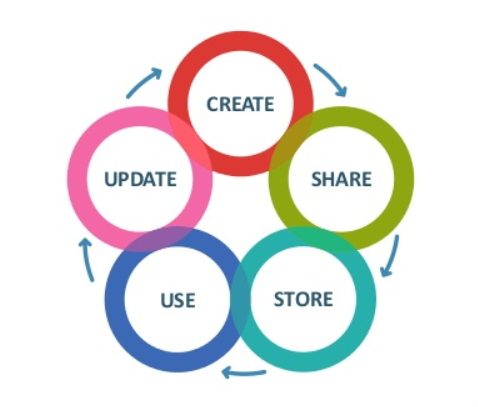How to Select the Best Knowledge Management Software Solution?
Estimated Reading Time: 2 MinutesIf you are looking for a comprehensive Knowledge Management solution for your company, there are a few things you need to keep in mind.

- The first thing you need to do is understand which problems you wish to solve using Knowledge Management. This is basically outlining your goals.
- Once you have set your goals, you need to assess what capabilities you need from your Knowledge Management software.
- You will also need to understand what your internal IT infrastructure is like - does it already have platforms that can be built upon, or will you need to invest even more to create a foundation for your Knowledge Management software infrastructure?
- Another good idea would be to understand what your stakeholders need from the business, as well as what systems they already have in place, and what they expect from this Knowledge Management software in terms of integration as well as functionality.
- So, for example, you need knowledge management software for your resolution groups (service desks, IT helpdesk, etc.), then you need to assess what are your priorities first. If they are interacting with your end customer in a real-time situation, then they would need to find information as they are talking/chatting with the customer.
- Then, these agents should also have access to information directly related to being able to resolve the customers’ issues. However, what happens if these agents are faced with an unusual problem? Should the software have the ability to update the knowledge base with the new information?
- And then there is the question of permissions. Do these agents need access to all the information available in the organization, or just the portion that is needed for them to do their jobs well?
These are the types of questions that need to be answered before an investment in Knowledge Management Software is made. After all, the purpose of Knowledge Management software is to make an organization leaner, more efficient as well as more profitable. This can only be done if this tool solves your problem, integrates with existing processes and company culture, and also is cost-effective and efficient.